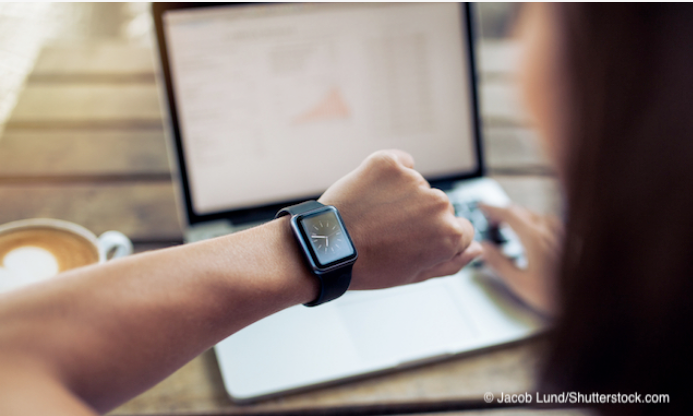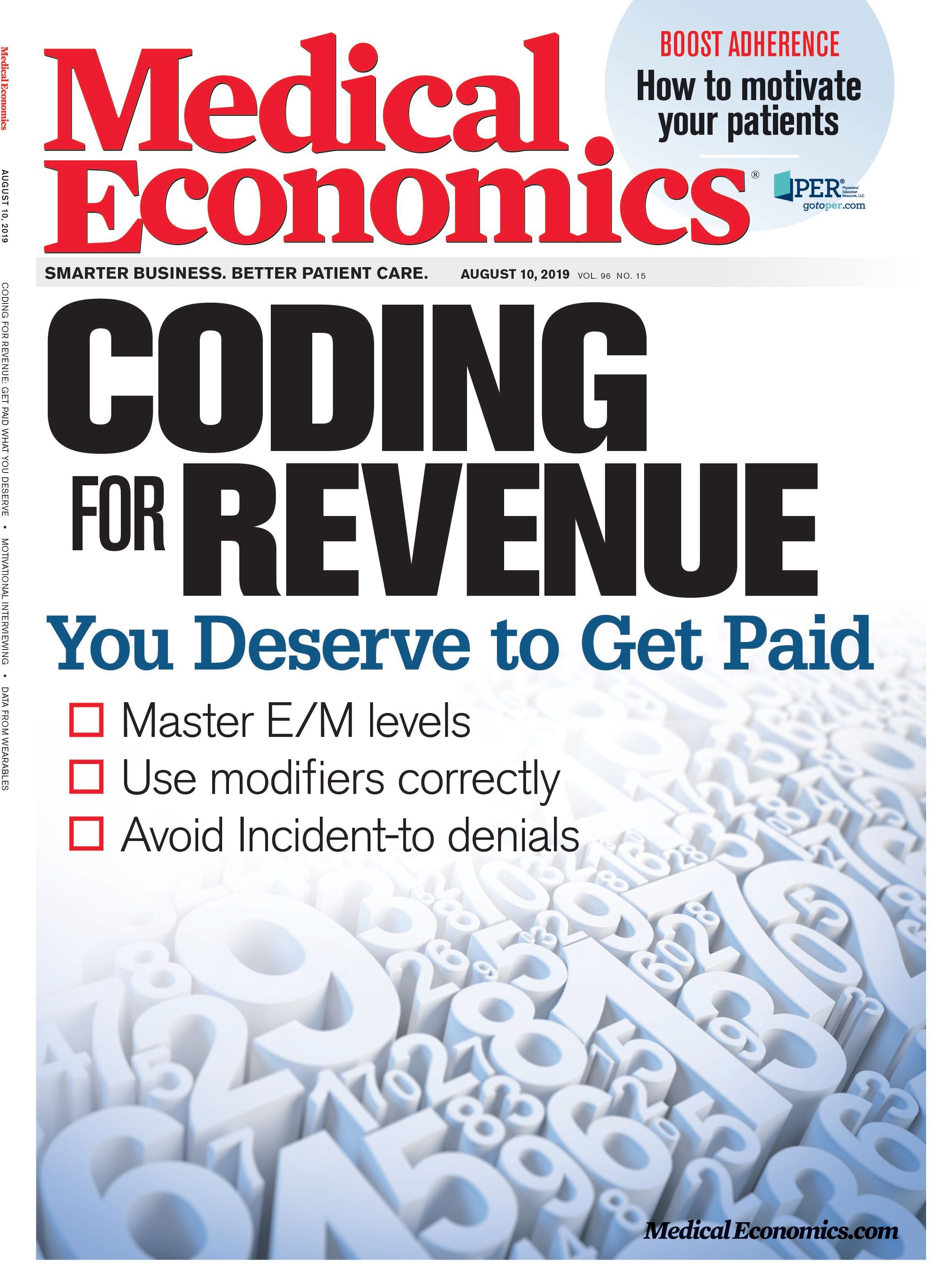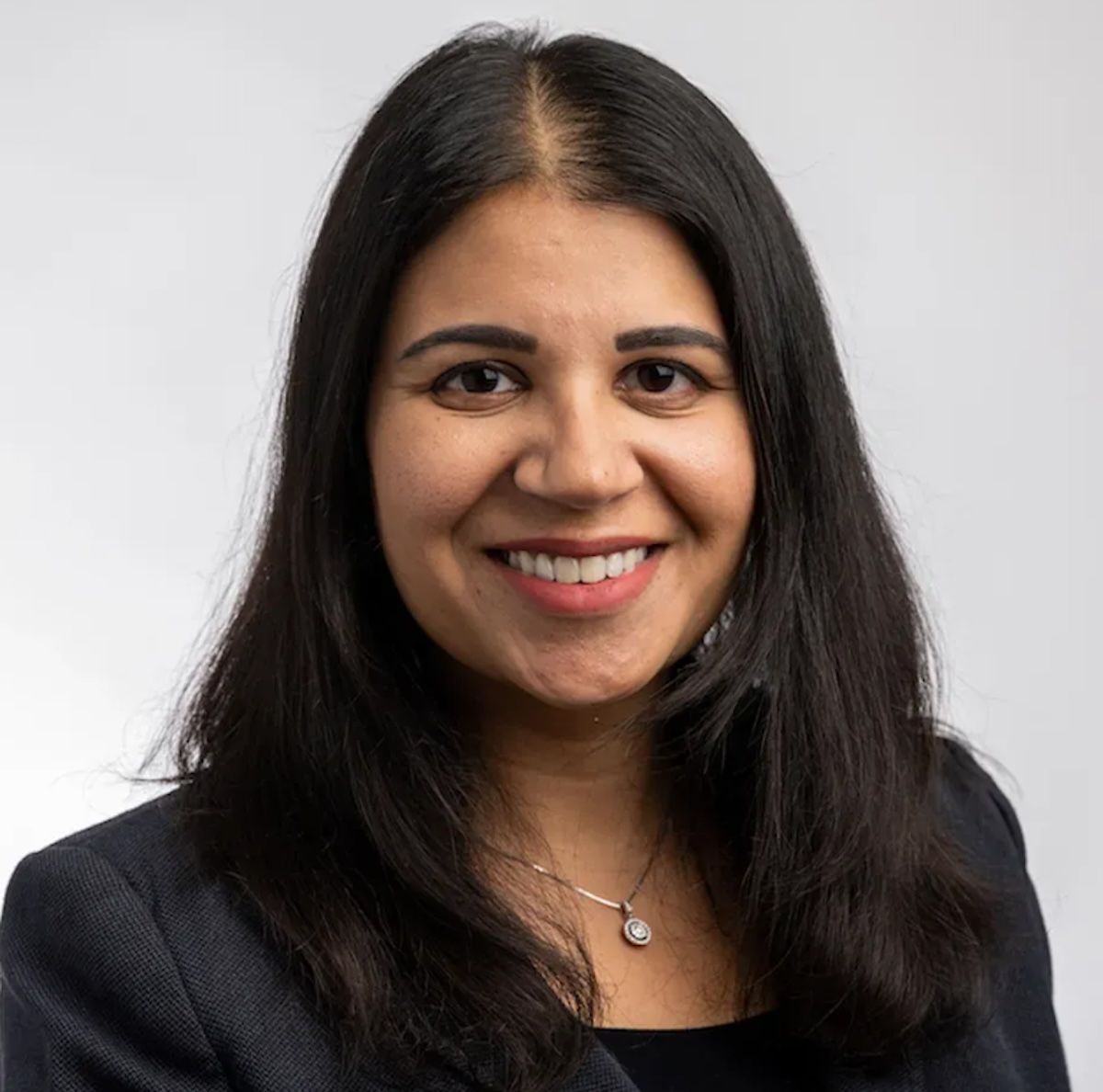Publication
Article
Medical Economics Journal
How physicians can get useable data from wearables
Author(s):
If doctors can get the right kind of data at the right time, the information collected from these wearable devices may offer a strong potential for more accurate diagnoses, more personalized treatments, and better outcomes. The question remains, however, how can physicians get and manage the flow of all this new data to actually improve patient care?

Your last patient of the day, a 58-year-old woman with a history of type 2 diabetes and hypertension, opens her smartphone immediately upon entering the examining room. You are still clicking through the electronic health record (EHR), looking for her vital signs and information from your last visit, when she tells you she’d like to show you the apps that track her blood glucose levels, diet, and daily step count.
And, by the way, her son recently told her about some other apps that could track her blood pressure as well as monitor when she takes her medication. Should she download them? Is there a way to get you the data?
Patients today are collecting and curating a phenomenal amount of health-related data-some useful, but most not. Many patients have some kind of smartphone or device in their pocket for most of the day that can provide real-time information about aspects of his or her health status. In addition, the technology market is quickly growing in this area, with new state-of-the-art medical devices, apps, and other programs, offering individuals the ability to monitor everything from glucose levels to UVA exposure to medication adherence.
Bharat Rao, Ph.D., a data and analytics leader for KPMG’s Healthcare and Life Science Practice, a global professional services firm, says the combination of market forces, healthcare regulation and consumerism-plus the proliferation of data and the rise of cheap computing-has led us to this point.
“There are all of these devices that have the potential to provide useful patient data, particularly for patients who have chronic medical conditions,” he says. “But there’s a lot of data out there. Probably too much data, in some senses. So while there is likely to be a few nuggets of value in all that information, the potential distraction in trying to deal with it all is so large that many wonder if it’s worth it.”
If doctors can get the right kind of data at the right time, the information collected from these wearable devices may offer a strong potential for more accurate diagnoses, more personalized treatments, and better outcomes. The question remains, however, how can physicians get and manage the flow of all this new data to actually improve patient care?
More data, more value?
Ida Sim, MD, Ph.D., a primary care physician and director of digital health for general internal medicine at the University of California, San Francisco, says while many in the healthcare and technology sectors herald real-time collection and monitoring of patient data as a way of transforming patient care, this new data, in and of itself, isn’t as valuable as some might think.
“In some ways, this new sensor data isn’t any different than the electrocardiogram data or CT scan data we already collect,” she says. “If you told a doctor, ‘We can run chemistry and liver panels on your patients every day for the rest of their lives and send that to you if you want,’ they would look at you like you are crazy.”
“You need to take the same attitude with this kind of wearable data as you do with any other type of patient data and ask yourself why you asked for this data and what you can actually do with it,” she adds.
Jim Weinstein, DO, MS, the head of innovation and health equity at Microsoft Healthcare, the arm of the technology giant dedicated to innovative healthcare solutions, agrees. But he says several studies show that today’s new wearable data can be quite valuable. While President and Chief Executive Officer (CEO) of Dartmouth-Hitchcock Health, an academic health system in New Hampshire, Weinstein spearheaded a pilot project called IMAGINECARE that used 24/7 patient monitoring through smart phone sensors and Microsoft tools to improve the health of employees who had three or more chronic health conditions.
“Most patients see their doctor intermittently, at best. We now have the ability to monitor many of these diagnostic tests remotely,” he says. When IMAGINECARE did so, they were able to help 50 percent of those participating in the pilot get their blood pressure under control within a few months. Furthermore, 96 percent of the participants said they liked the program-and the health system projected their cost savings to approximately $250 per employee per month.
Weinstein says he and his team were very pleased with the results. And while many physicians were wary of the IMAGINECARE program initially-as well as other programs in the health system that utilized patient monitoring data-Weinstein says providers eventually became “believers,” seeing benefits in having access to such data.
“We can’t develop and or expect new devices and systems to be used and adopted if the doctor and or their patients don’t see the added value. Whatever we bring forward must improve care and lower the friction of delivering that care,” he explains. “We have optimism that these kinds of opportunities will grow in the future.”
But Rao says while there is vast opportunity, with many use cases suggesting an important role for such data in the improvement of healthcare, there is also uncertainty. Healthcare information technology partners will have to think long and hard about how to present this data to both patients and physicians so that it is both meaningful and actionable. With so many physicians already frustrated with their interactions with EHR systems, adding more data to the pile without proper support is simply unsustainable. Dealing with such a data deluge cannot be done without technological assistance.
“There need to be algorithms, machine learning programs, that will take all this data, make sense of it, and then present the valuable nuggets of information to the physician in a way that fits in with their workflow,” Rao says.
Eric Rock, CEO of Vivify Health, a company that offers a remote patient monitoring platform, agreed. While it would be easy to say that one could simply port data from wearable devices into the EHR, it’s just not that simple. Physicians need a tool set that can take data and bring meaning to it so it can add value for both doctors and patients.
“You just can’t dump enormous amounts of biometric data from smart devices into the EHR,” he says. “It will just be a complete failure and doctors won’t use it.”
Sim says that with so many devices and apps already available to consumers, healthcare has “opened the firehose and doesn’t know what to do about all the water that’s spewing out.”
“This isn’t something that can be dealt with by an individual practitioner,” she says. “We are struggling at the front end because this data comes in so many different formats-a .pdf file here, a [step tracker] read-out here, a blood glucose app output there. It’s all in different formats from different vendors, which leads to a lot of cognitive overload for providers.”
Making the Data Work for You
Certainly, many technology companies are attempting to provide the kind of tools and platforms to relieve such cognitive overload. But Sim says that there is still a lot of work to do to understand how monitoring patient data can improve patient care. That said, she believes that until more of the uncertainty is resolved, physicians can use patient monitoring data to improve patient engagement and, in doing so, improve patient self-management and compliance.
“We can use this information to find ways to provide our patients the feedback and interactions that they want-and I believe, as a physician, they deserve,” she says. She suggests that practitioners discuss with patients what kind of data they are collecting, why they are collecting it, and what they hope to do with it.
Based on an individual patient’s specific medical needs and interest in wearable devices, providers can help curate what information is coming in from patients, separating the proverbial wheat from the chaff.
“You can discuss the different devices and apps that may be available with your patients and make decisions together about what makes sense,” she says. “When you discuss with them what kind of data they could be tracking, either to share with you or to use for their own self-management, you have an opportunity to explain what these data points mean and where they can be helpful.”
One can also, she adds, tell patients what data is not helpful.
“Sometimes, patients will say, ‘Oh, I want to collect this information,’ and, frankly, it just isn’t that useful,” she says. “I just say they can go ahead and do it for their own needs if you want and tell me how it goes. Candid discussions about what kind of data is helpful is just not something we do right now-and we are going to have to start doing it.” Weinstein added that wearable data not only can help patients with chronic diseases manage their day-to-day care-but this data may also provide an opportunity for doctors to prevent patients from developing chronic medical issues.
“Prevention has been underutilized and is an important part of our future success in healthcare,” he explains. “Diet, exercise, and socioeconomic indicators have been woefully underappreciated when, in fact, they are some of the best predictors of outcome and health in various population segments.”
Devices or apps that can collect this kind of data-and more-are likely on the horizon. And Weinstein says the same algorithms that will help make sense of wearable data can incorporate these kinds of social determinants of health data, too. In doing so, he believes such technologies will ultimately help to bring greater health equity to different populations within the United States.
Rao says that wearable data is here to stay-and the amount is only going to grow. But Weinstein says that if the data can be seamlessly pulled from multiple technology sources and platforms, presented in a digestible format that makes sense to physicians, and delivered at the point of care, the benefits will quickly add up.
“Physicians are generally resistant to things that could potentially harm their patients or interfere with their ability to care for them,” he says. “Therefore, any strategy involving this kind of data needs to involve the health system, doctors, nurses, other providers, staff and the patients themselves as we move forward. These technologies should be augmentative, to enhance the incredible efforts of physicians and nurses who dedicate their lives to those most in need. That is a marriage worth pursuing.”






